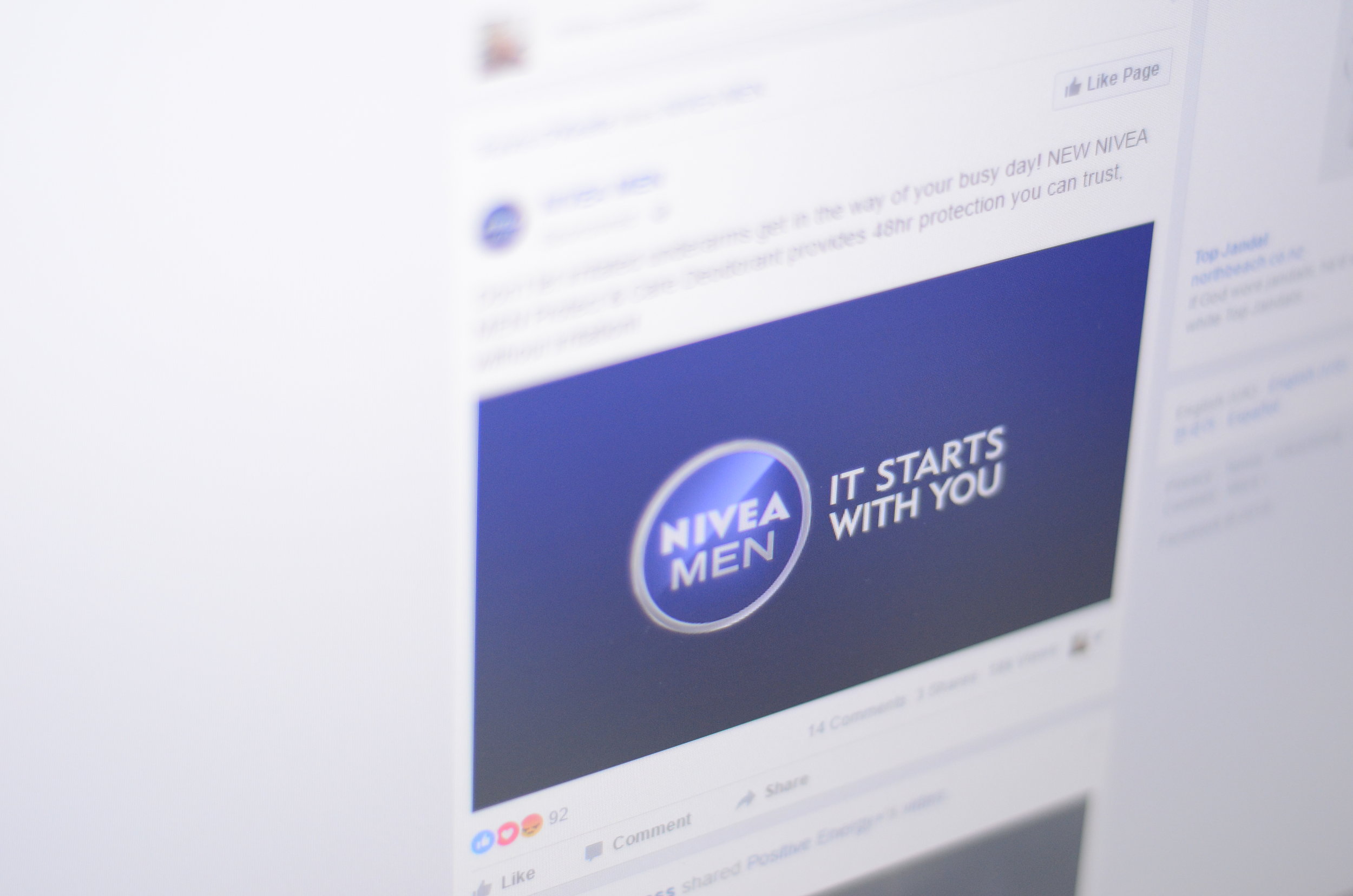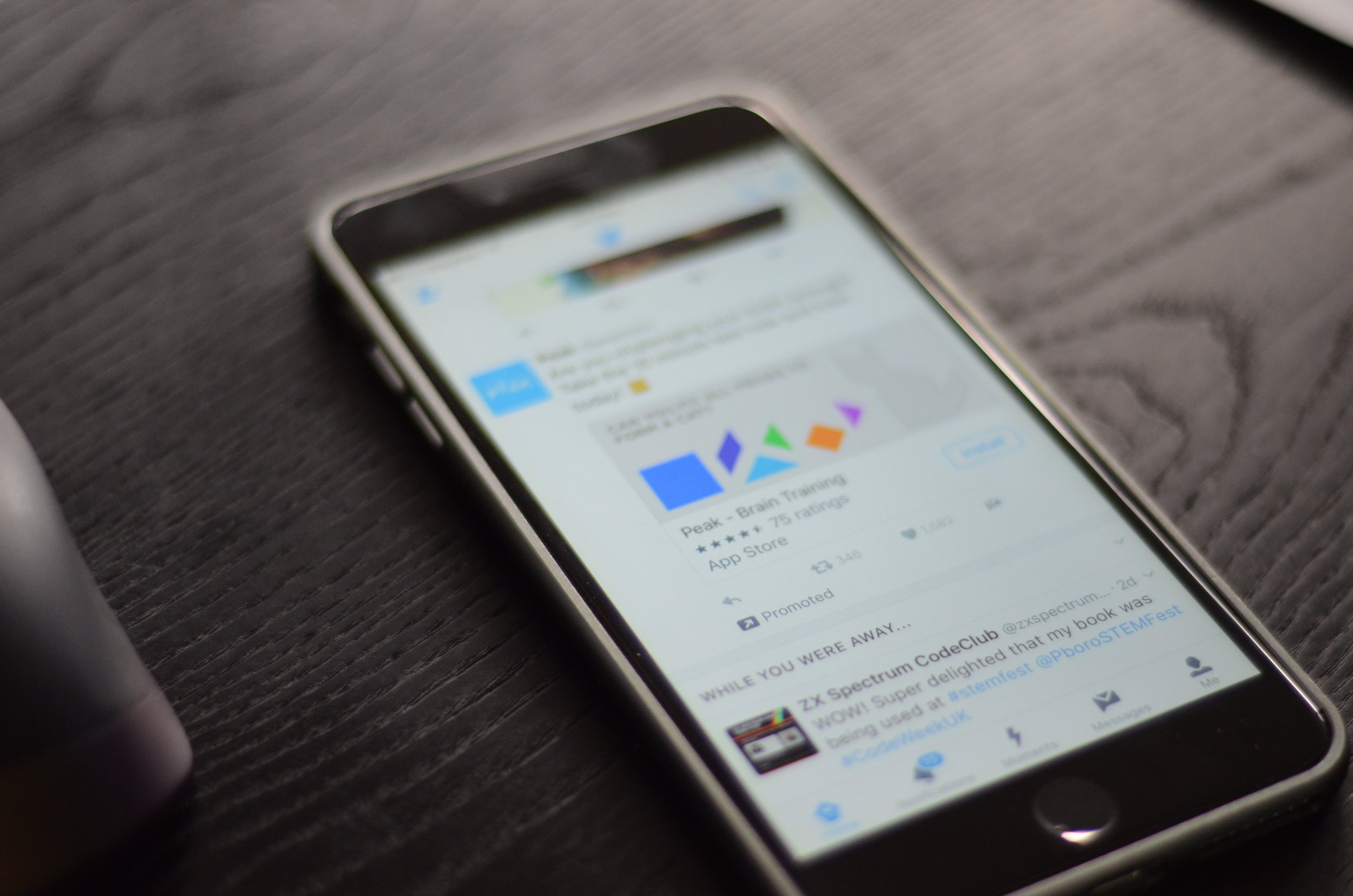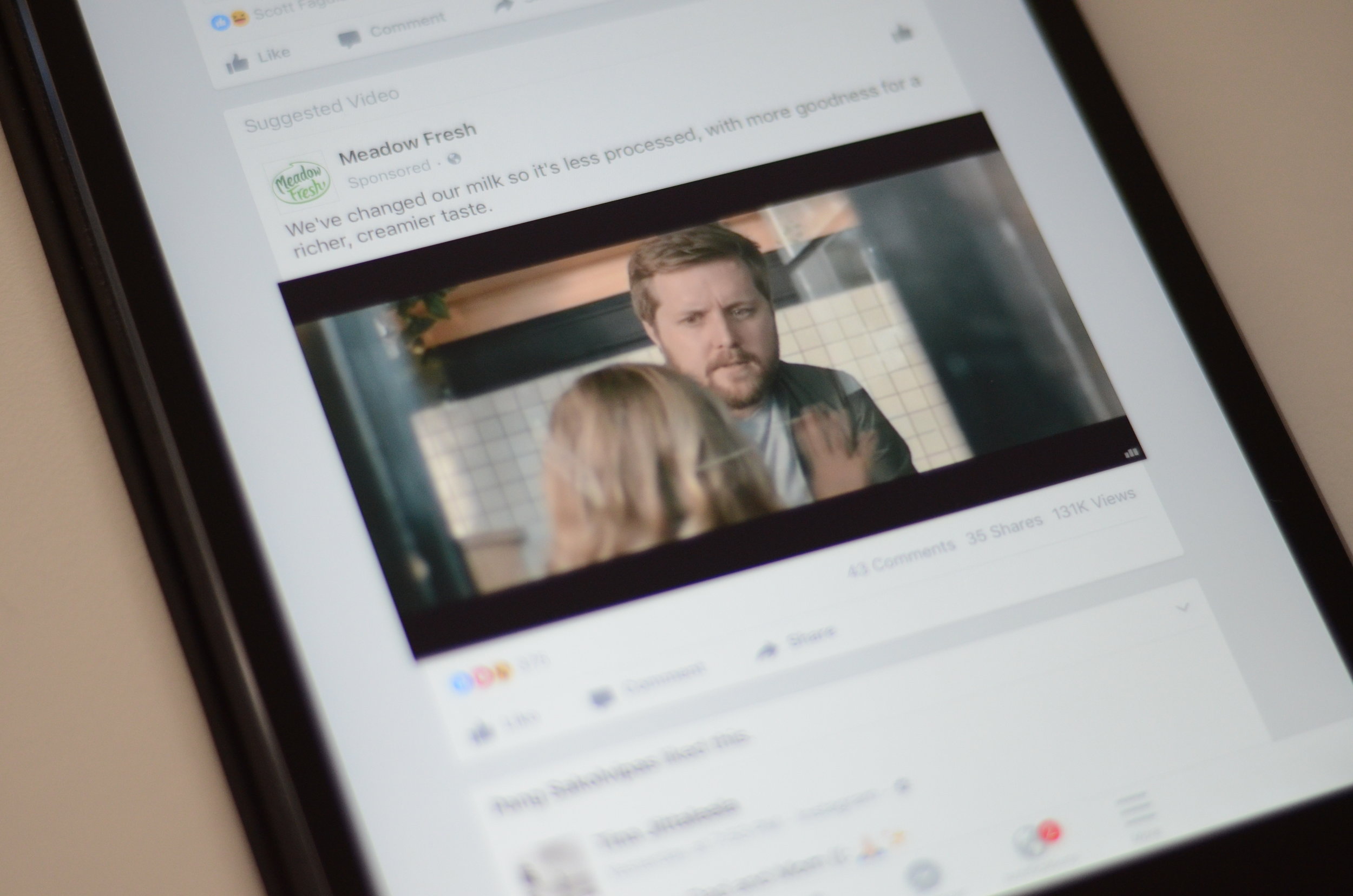Where once the task of purchasing an item involved bricks and mortar stores only, payment with cash or cheque at the point of sale (POS), followed by leaving the store with the purchase, we now live in a world where the task is a little more, well, omnichannel.
PWC Total Retail 2016
The what, who and why of social commerce
After reading recently that Twitter is ditching its buy button, and the launch of Facebook Marketplace in NZ I thought I’d share my thoughts about what is happening in this new and evolving space.
What is Social Commerce?
In its broadest sense, social commerce is about harnessing social media, content and user interactions to facilitate the buying and selling of products and services via retailer’s ecommerce site. It’s important to recognise “omni channel” extends to social media and be diligent about being consistent with your brand in this channel. Integrating your website with key social media platforms, as with the Infinity webstore, is clearly a fundamental.
Next generation social commerce is about taking social commerce one step further and enabling consumers to compete the transaction inside the social media platform.
According to a study by WEB in 2014 Social Commerce accounted for just 0.1% of retail sales so while size of channel is small there is significant potential for growth.
Who's doing it?
It would seem that Facebook, Pinterest, Instagram and until recently Twitter are leading developments in this space.
With Facebook, retailers can create ‘Shop Now’ stores which enable them to sell and manage orders from that page. Pinterest released Buyable pins last year and Instagram has launched a dedicated Instagram shop where followers can purchase products seen in Instagram posts.
Is it relevant?
It goes without saying that Social Media platforms have significant reach and engagement and are a fundamental part of the buying journey, so it would make sense that the next logical step would be for consumers to purchase via social networks directly and for their likes and shares to become buys. Well yes and no.
A recent study (Wikipedia) suggests only 2% of Facebooks 1.5 BILLION users have ever made a purchase through the social network and Twitter buy button obviously didn’t gain much traction.
The three top rated social media platforms rated for commerce by users - would they buy while online?
It would seem (Research recently undertaken by Marketing Week), that consumers are at this point of time are not that keen on buying directly through social media platforms. When asked “if it was possible, would you like to purchase directly from Social Media sites, the highest ranked was Facebook with only 19% of respondents saying yes, next was Twitter (10%), Instagram (9%), Pininterest (7%) and Snapchat (5%).
Conclusion
My conclusion is that while consumers love to research, share, like and engage with brands via social media, at this point there is lack of purchase intent and that they are there for other reasons than shopping. However, in saying that social media usage and uptake has been significant (especially amongst millennials) so it would seem it will only be a matter of time until we are want to buy directly via social platforms. Watch this space.
Pop-up stores and your omnichannel strategy
The evolution of ecommerce and organisational structure
A head start on big data: Top Retail KPIs
How to make sense of your data with proven retail KPIs and flexible analyses
Everyone has heard about how ‘big data’ is changing the face of retail, re-defining the shopping experience, making the world a better place! Ok, that last point may be a slight embellishment, but with everyone talking about the benefits of big data, where do you begin and exactly how is it beneficial to your business?
Big data can seem quite overwhelming and intimidating, but with a little understanding and starting small, it doesn’t need to be that way. Begin with the point of sale - this is already capturing a wealth of information around what products are selling, at what price, at what times, how often, and to whom. This is data already available to every retailer, and it’s quite likely that it is being underutilised.
How is this information useful to your business? You already know retail, so data such as this is about making adjustments to what you are doing and how you are doing it in order to see measurable improvements. The timing of sales can help improve staffing decisions; product sales data gives tangible evidence to support ranging and merchandise decisions. Having the ability to visit this data consistently and easily allows you to see the impact of these adjustments and fine-tune as you learn more.
Our preferred analytics tool for managing ‘big data’ is Infinity CPM, offering the simplicity of web-based dashboards, and the complete flexibility of a customisable analytics program. Built into Infinity CPM there are proven retail KPIs and standard analyses to allow for fast deployment and immediate impact on your business. As mentioned in the beginning, point of sale information is the starting point, and as your business grows Infinity CPM grows with it, incorporating multiple data points from almost any source.
















